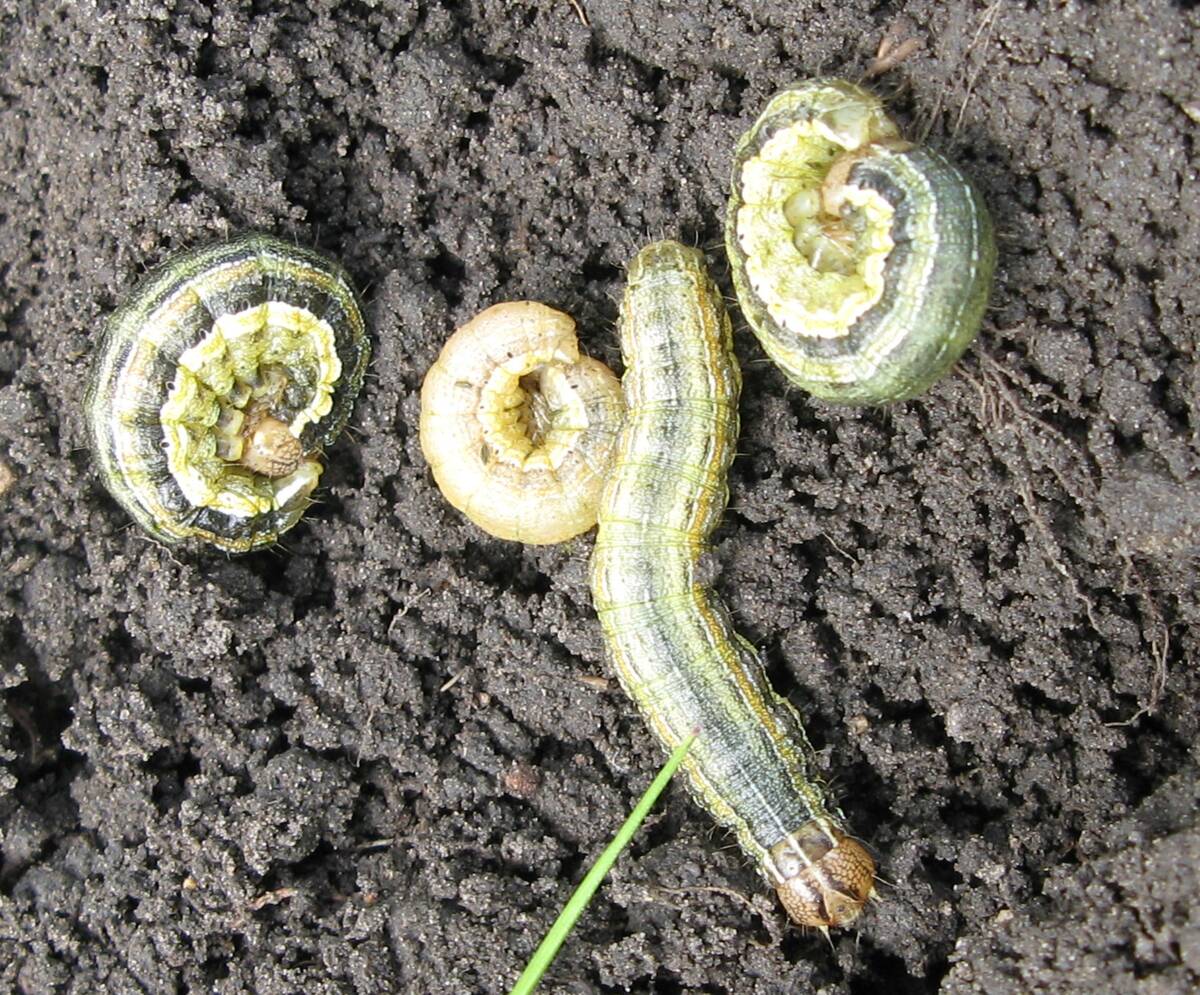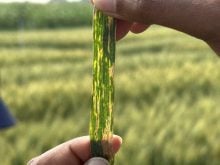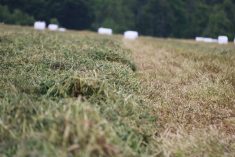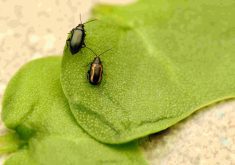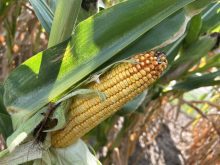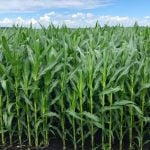Manitoba Agriculture officials are back monitoring the annual migration of true army worms.
The province has put out about 50 moth traps to get a sense of where the adults are in 2025. So far, moderate levels have been found in the Interlake.
“Those scouting cereals and forage grasses in the Interlake may want to check to see what armyworm larval levels are like in their fields,” a provincial crop pest update noted June 5. “Armyworm larvae have been noticed, but so far there have been no reports of economic levels.”
Read Also
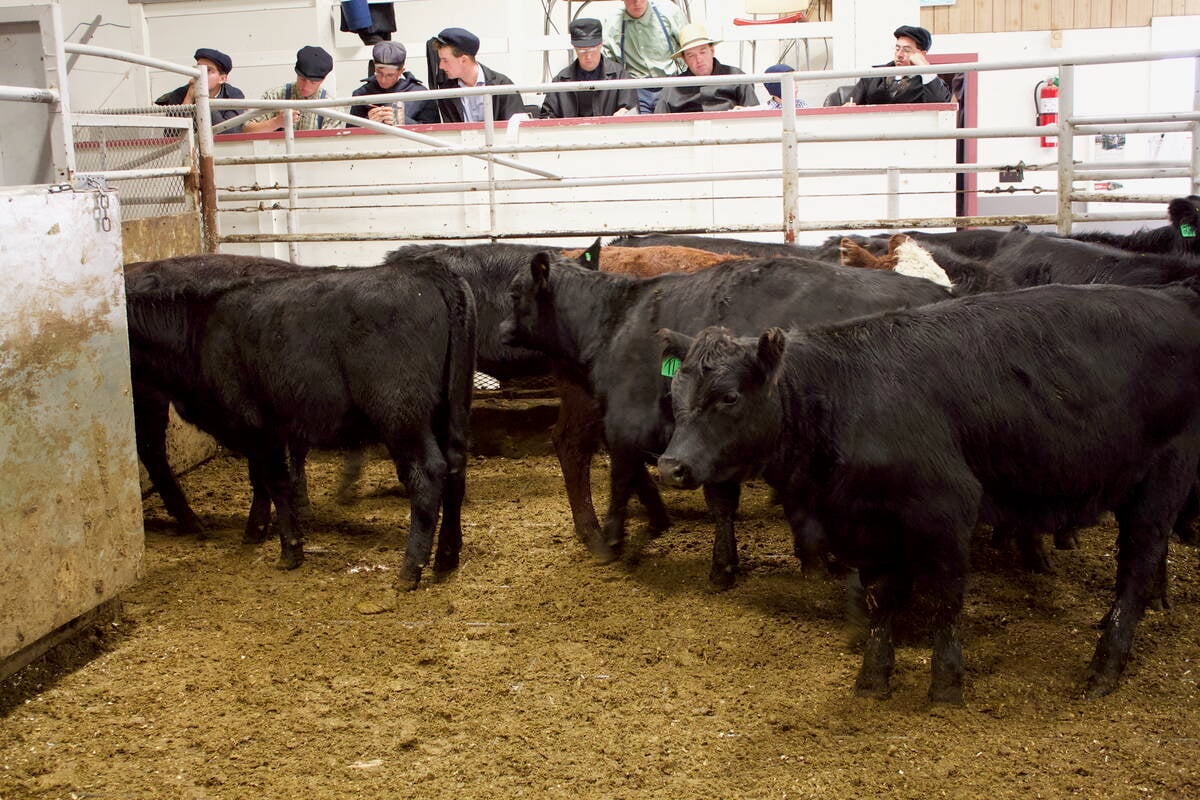
Manitoba beef weighs farmer futures
Cattle prices are good, but trade uncertainty and rising costs add some damper to Manitoba beef farmers’ celebration looking into 2026.
WHY IT MATTERS: Manitoba Agriculture sets moth phermone-baited traps every year to anticipate later larval pressure of pest insects such as true armyworm, bertha armyworm and diamondback moth.
Adult moth counts exceeded 50 insects in traps near Fisher Branch and Riverton. However, most other locations across the province have recorded relatively low numbers.
“We haven’t had any counts that I would say are alarmingly high at this point,” said provincial entomologist John Gavloski. “Most of the counts so far have been quite low.”
The June 5 crop pest update, said trap counts in all other regions, save four traps in the Interlake, were reporting below 10 adults.
True armyworms don’t overwinter in Manitoba. They migrate from the United States each year. Manitoba’s problem with the pest, therefore, depends on if we get the weather needed to blow them in, Gavloski said.
“Whether we get many of them and where they end up is somewhat weather dependent, and depending on their populations down south and their migration. So, some years we get lots moving. In other years, not too many,” he said during a recent Crop Talk webinar hosted by the province.
Target crops and behaviour
True armyworms, distinct from bertha armyworm, have a strong preference for grassy crops. Adults typically target winter cereals and forage grasses first.
“They like a thick, dense grass stand to lay eggs into. So, winter wheat, fall rye, forage grasses are ideal,” Gavloski said.
They rarely lay eggs directly on broadleaf crops, though they may feed on them if they exhaust their preferred hosts, he added.
They get their name from how they methodically move from one field to another, chomping all the way.
“If they’ve done a lot of damage to, say, a fall rye field or a forage grass field, they will start moving to a neighbouring field,” Gavloski said. “That’s why they call them armyworms, because of that army-like movement from crop to crop. But as caterpillars, they can’t move far. They can only go, really, across the road.”
Adult armyworm moths can be identified by small white spots on their light brown wings. Although Gavloski cautioned that this distinctive feature may be less visible on insects that have been active for a while. The larvae display various colours, but all have tell-tale striping patterns with white, orange and darker bands along their bodies.

Scouting for armyworms
Despite low trap counts, Gavloski urged producers to scout regularly, particularly as crops advance through critical growth stages.
“When you are scouting the cereals and forage grasses during the day, look under on the ground, underneath stubble and debris, because that’s where you’re going to find the older larva hanging out there,” he said.
The insects become nocturnal after their early development stages, feeding at night and hiding during daylight hours under crop residue, soil clumps or other available cover.
“Particularly if you see notching or feeding on plants that you’re having trouble explaining, look under the debris or the stubble and see if, potentially, armyworms are what’s causing the issue,” Gavloski said.
Dealing with true armyworms
The economic threshold for true armyworms sits at four or more larvae per square foot before cereals head. That drops to two per square foot when crops start to head out, a Manitoba Agriculture fact sheet said.
In corn, the threshold is when half the plants show damage from larvae under one inch long, while forage crops warrant control at five or more small larvae per square foot. However, treatment should be avoided when beneficial parasites are abundant, as these natural enemies provide effective biological control, the province warns.

Various parasitic wasps and flies naturally control armyworm populations, with Cotesia wasps being particularly effective. Ground beetles and other predators also eat away at armyworm levels.
Farmers hitting the sprayer cab late in the day to target the nocturnal insects should only target infested field areas, provincial resources say.
There are also farm practices like eliminating grassy weeds before planting and proper cover crop timing, which can help prevent egg laying.


